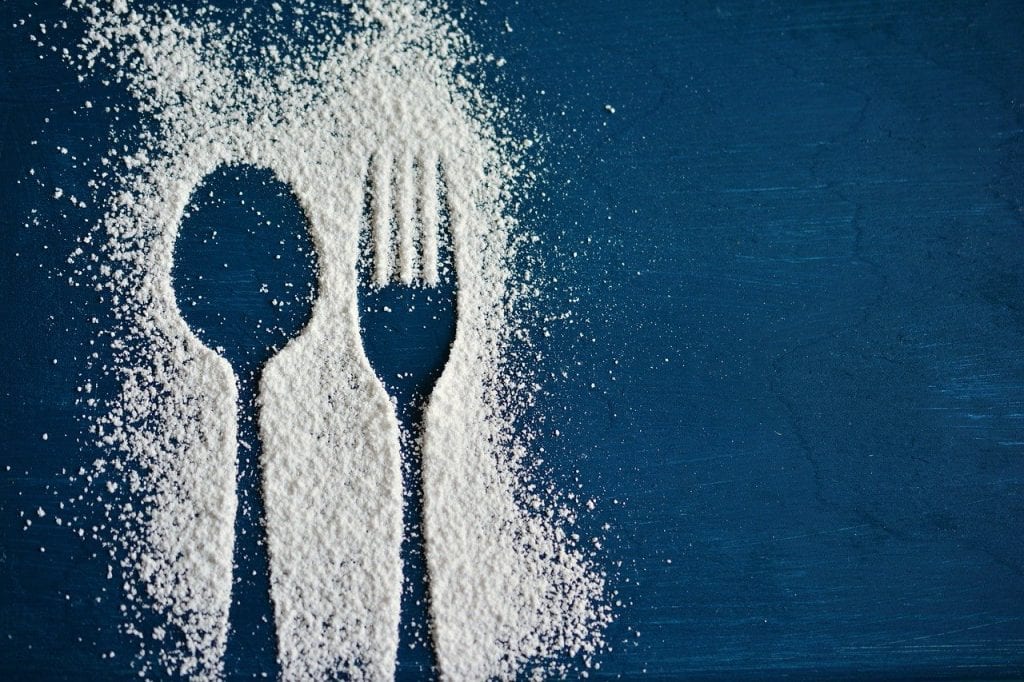
January is a time when many of us are trying to curb our sugar intake, but are zero-calorie or non-nutritive sweeteners a good way to do this? A November report from the American Academy of Pediatrics noted that the number of foods containing these sweeteners has quadrupled in recent years, but that their impact on children has barely been studied. Registered Dietitian Noelle Emanuel of MemorialCare Miller Children’s & Women’s Hospital Long Beach offers tips for a balanced approach to them.
What should parents look for on food packaging?
When parents see wording on a label like “low calorie,” “sugar-free,” “diet,” “light” or something like “50 percent less sugar,” they should look at the ingredients list.
Look for saccharine, aspartame, acesulfame potassium, sucralose, neotame, advantame, stevia and monk fruit.
Are there any benefits for children in consuming these sweeteners?
Children with certain medical conditions like diabetes or obesity could potentially benefit. These sweeteners are only likely to promote weight loss if families are replacing food and beverages that have added sugars with food and beverages that use non-nutritive sweeteners.
Are there any potential drawbacks to letting children consume foods and beverages that contain non-nutritive sweeteners?
Many of those foods are not the most nutritious choices and can fill kids up with empty calories. Also, the long-term safety of non-nutritive sweeteners in childhood hasn’t been assessed much. We don’t have much information about how these sweeteners affect taste preference and appetite.
What are some healthy, kid-friendly substitutions parents can make for foods containing non-nutritive sweeteners?

Instead of diet and light beverages, parents can try making fruit-infused waters. They can make their children fruit-based decaffeinated tea, and give them good old-fashioned water and low-fat milk.
Instead of sugar-free yogurt, they can use plain yogurt and add chopped fruit, some vanilla extract, or even a small bit of honey.
Instead of desserts or treats with non-nutritive sweetener, they can offer fresh fruit. Instead of using non-nutritive sweeteners in baking, you can replace some of the sugar with dates, blackstrap molasses or applesauce.
Focusing on a whole-food diet with lots of fresh fruit and vegetables is important, and if those are the foods that we’re relying on, it’s easier to not eat as many non-nutritive sweeteners. But all foods can have a place in the diet. When used in moderation, some of these foods with non-nutritive sweeteners can be OK.


























